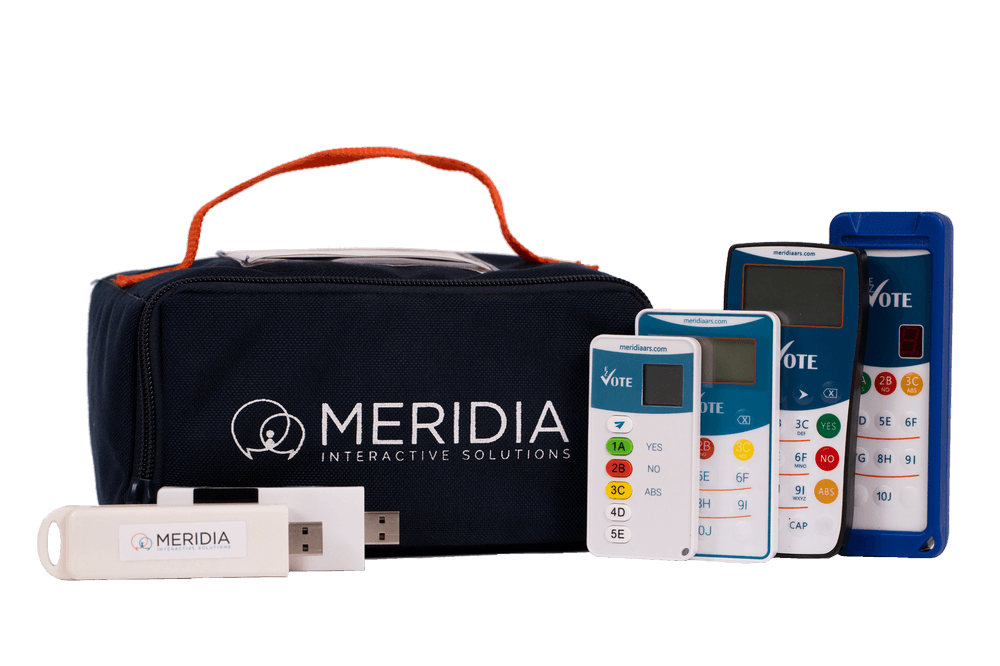How To Utilize Audience Response Systems
Corporate trainers could learn a thing or two from the faculty of the University of Wisconsin, who recently were asked about the use of Audience Response Systems (ARS) in their classrooms. (Such systems typically consist of presentation software such as PowerPoint, receiver hardware, and response devices. Instructors present questions to which the audience responds via the handheld devices or computer software.) In the four-campus study, it was reported that 94 percent of UW faculty either agreed or strongly agreed that using ARS technology improved student participation, performance, and knowledge retention.
Furthermore, integrating ARS technology into educational training programs has proven to create a platform for increased audience engagement, measurable results, and a better all-around learning experience. So, how can you use ARS technology to improve your training sessions?
Select the Right ARS Provider for Your Needs
Look for a provider that is willing to put in the time and effort to help you achieve the goals you’ve set. Make sure the ARS keypad and display set are state-of-the-art, yet user-friendly, so your audience will be able to participate easily in your interactive presentation. The ARS software should integrate seamlessly into your PowerPoint presentation, and display answers within your presentation in real time. Finally, all results from your session should be saved so you can refer back to them, not only as a record of participant achievement, but also to improve future presentations.
Assess Your Training Goals
Work with your ARS provider to determine exactly what you want your audience to learn from your presentation, and how that learning will be documented. What are the key points you want your audience to retain? What types of critical thinking problems should your audience be able to solve?
Determine the Knowledge Base of Your Audience
Be sure to incorporate some primer questions before you present the actual content in order to establish a knowledge baseline on your topic. This ensures you will give a relevant presentation and that your audience is engaged from the outset.
Ask the Right Questions
Questions must be in multiple choice format and need to be written to include your entire audience. If you are not sure how much knowledge your audience has on a particular topic, avoid using unfamiliar language, as this will discourage participation.
Obtain Audience Feedback
After the presentation, use ARS technology to obtain documented feedback from your audience. Make sure your provider can produce this in the form of easy-to-read, summarized charts and graphs. This is valuable in improving your training sessions and your overall delivery of information.
Creative Incorporation of ARS
Pre-Post Knowledge Assessment:
Use ARS results to show your audience how much more they immediately learned as a result of completing their training.
Quiz Show:
ARS can be used to create a “game show” format to spark competition, increase interest, and keep a presentation fresh.
Team Competition:
Group your audience into two or more teams and let them compete against one another. This also makes a great team-building exercise.
Critical Thinking:
Offer real-life situations in your presentation and ask your audience to vote on the proper solution to handle them. This will enliven discussion in a presentation where there may be no hard-and-fast answers.
Opinion Poll:
Who doesn’t like to give their opinion? Polling your audience on various topics creates a forum to compare and contrast views—and potentially elicit lively debates.

